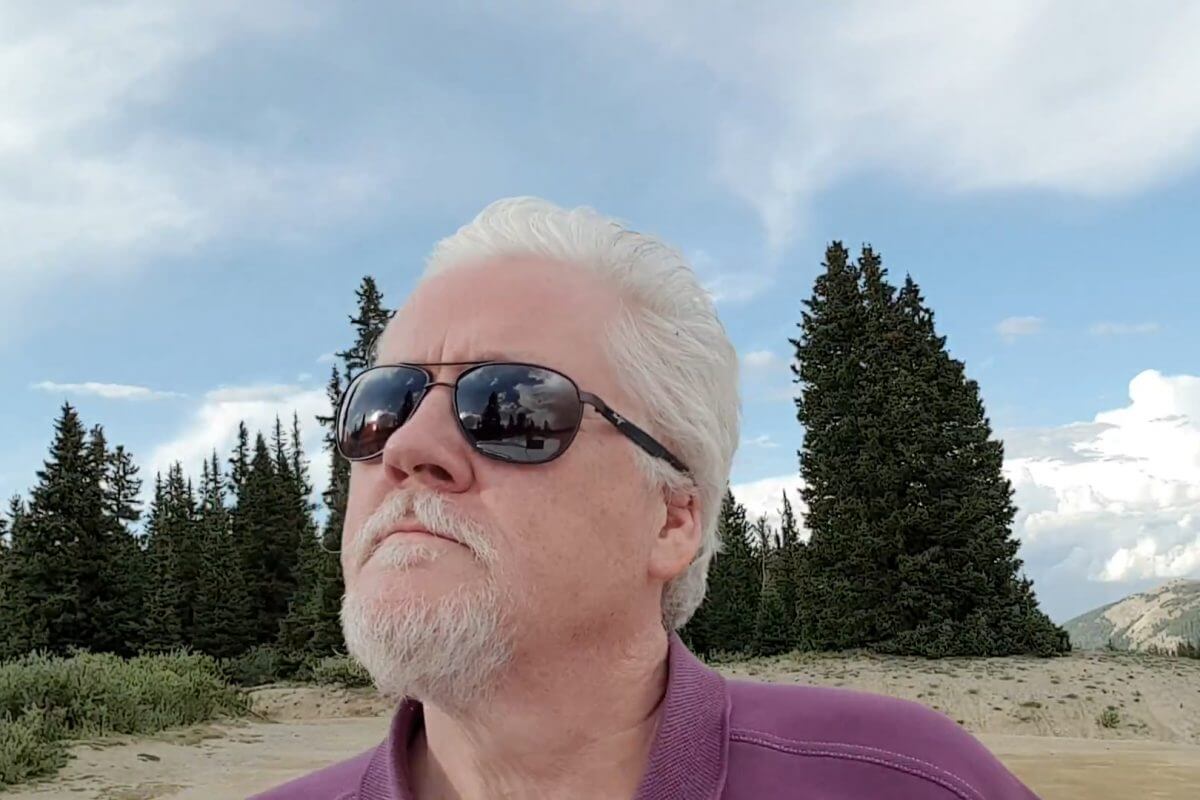Category: bpm successful customer outcome
Steve Towers Masterclass comes to Denver
Online pre and post Masterclass meets
I will be in the room for you every step of the way. Whether you signup for the one or two day option there is a preliminary video and optional signup Zoom meeting. Post-session we schedule an online meet to review progress and answer questions.
How learning by doing with real case studies is central to the Masterclass
With genuine case studies you will apply your own challenges in the session to actually take away not just the HOW but the WHAT you do.


There is no excuse for complexity.
There is no excuse for complexity. It is a consequence of muddled thinking and a lack of understanding of the true goal of the organization, which is creating Successful Customer Outcomes.
Complexity has developed as organizations have added new routes to market, new ways of delivering service, new enterprise IT systems and a myriad of improvement approaches. Each internal functional specialism has developed a mindset to optimize their part of the organization, sometimes at the expense of others. The unwieldy complexity that results has caused a reaction primarily aimed at the need to create order out of this chaos, as if accepting that complexity itself as a right to be. This is not so. Let us unravel the muddle of complexity once and for all.
All work in an organization is fundamentally created by the need to provide product or service to the customer. Everything else is a consequence of that need, which creates value for the shareholders and creates a livelihood for the work force. All else follows.
Furthermore all interactions in meeting the needs for customers are the cause of all work within an organization. These interactions, or Moments of Truth[i], create work in so far as we need to attend to a request internally.
In doing so we interact with our colleagues, systems and other internal processes, and create internal Moments of Truth, which can be referred to as Breakpoints[ii]. The way we deal with Moments of Truth and Breakpoints is underpinned by Business Rules[iii] which may be thought of as ‘decision points within processes’.
These three entities determine the shape of our organization, the internal landscape of how we do work. The resulting activities from Moments of Truth, Breakpoints and Business Rules create the very processes themselves. In fact process is simply an effect caused by the way we choose to interact and guide the customer to obtain our products or service.
Think about that – process is an effect. If that is the reality then the vast range of tools and techniques created in the last century, and sometimes before, are fixing an effect. It is like taking painkillers for discomfort and nothing more. If we are not getting to grips with the causes of the pain it will surely get worse and as we discover, stronger pain killers are then required.
That’s the rub. We have been systematically fixing the wrong things and is it any wonder that change doesn’t stick? Have you ever had that feeling that this is the same project challenge as before, just dusted off and here we go again? It is because we are not fixing the causes of work, and while we continue to ignore the causes the complexity worsens, costs increase and service suffers.
Einstein put it well when he said
“We can’t solve problems using the same kind of thinking we used when we created them”



